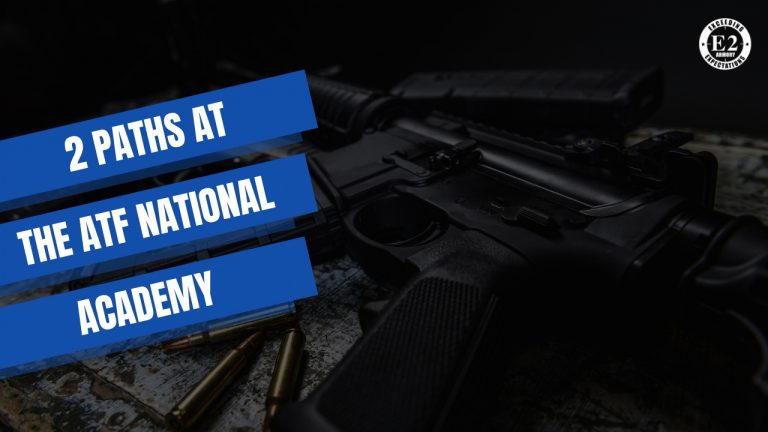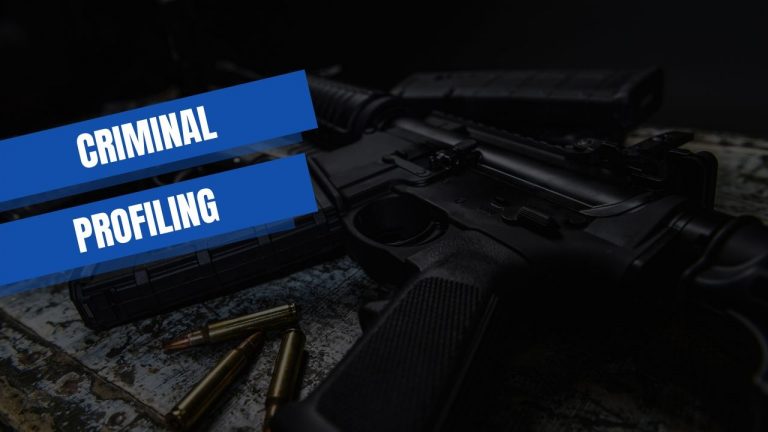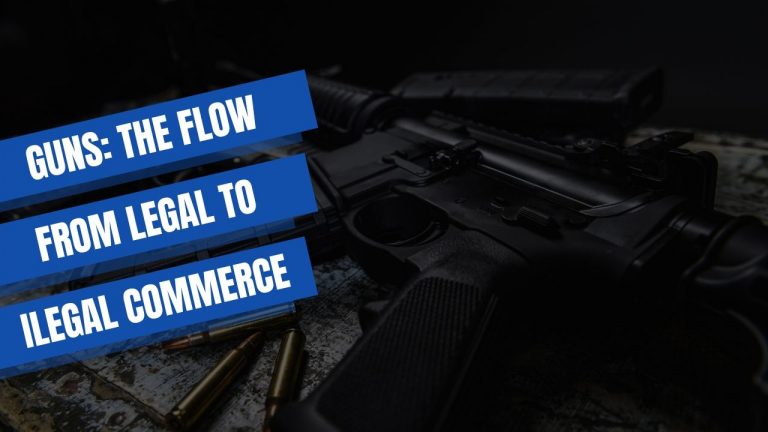The Essential Parts of an AR-15: A Comprehensive Guide for Beginners
The AR-15 is a versatile and popular firearm that has gained significant popularity among firearm enthusiasts and shooters. Whether you’re a beginner or a seasoned shooter, understanding the various parts of an AR 15 is essential for maintenance, customization, and overall familiarity with the rifle. In this comprehensive guide, we will explore the essential AR 15 parts, their functions, and how they contribute to the overall performance of the firearm. As a trusted manufacturer in the industry, E2 Armory, proudly 100% made in the USA, is here to provide you with the knowledge you need to become well-versed in the parts of an AR 15.
1. Upper Receiver
The upper receiver parts of an AR 15 are a vital component that encompasses multiple crucial parts necessary for the firearm’s operation. Positioned at the top portion of the rifle, it serves as the housing unit for various elements that work together to ensure optimal performance. Among the key components found in the upper receiver are the barrel, charging handle, bolt carrier group, and forward assist.
The barrel, a long and cylindrical tube, is perhaps one of the most critical elements housed within the upper receiver. It plays a crucial role in guiding the bullet’s trajectory and imparting spin to ensure accuracy, range, and bullet velocity. Different barrel lengths and profiles are available, each offering unique advantages and considerations for different shooting needs. The choice of materials for the barrel is also significant, with stainless steel and chrome-lined barrels being popular due to their durability and resistance to corrosion.
2. Barrel
The barrel of an AR-15 is a fundamental component that plays a pivotal role in the firearm’s performance. It is a long, cylindrical tube that serves as the conduit for the bullet’s journey, guiding it from the chamber to the muzzle. The barrel’s design and characteristics have a direct impact on crucial factors such as accuracy, range, and bullet velocity.
One of the primary functions of the barrel is to impart spin to the projectile, a process known as rifling. The rifling consists of spiral grooves cut into the inner surface of the barrel, which causes the bullet to spin as it travels down the barrel. This spin stabilizes the bullet in flight, promoting accuracy by countering destabilizing forces such as air resistance and bullet imperfections. The rifling pattern, such as twist rate and direction, can vary depending on factors like bullet weight and intended use.
Barrels for AR-15 rifles come in a range of lengths and profiles, offering shooters different advantages and considerations. The choice of barrel length affects the overall size, balance, and maneuverability of the firearm. Shorter barrels, such as those in the 10.5 to 14.5-inch range, are often favored for their compactness and ease of handling in close-quarter scenarios. Longer barrels, typically between 16 to 20 inches, provide increased muzzle velocity and the potential for improved accuracy at longer distances.
3. Charging Handle
The charging handle is a critical component of the AR-15 located at the rear of the upper receiver. It serves the vital function of chambering a round and preparing the firearm for firing. When the charging handle is pulled back, it retracts the bolt carrier group (BCG), creating space for a new round to be chambered from the magazine. This action ensures that the AR-15 is ready to fire when the trigger is pulled.
Beyond its primary function, the charging handle also plays a crucial role in facilitating the clearing of malfunctions. In the event of a jam or malfunction, pulling back on the charging handle allows the shooter to manually extract a faulty round or clear any obstructions from the chamber. This feature is particularly useful in high-pressure situations where quick action is necessary to keep the firearm operational.
To ensure the efficient and hassle-free operation of the AR-15, it is essential to have a reliable and smooth-operating charging handle. A high-quality charging handle, made with meticulously selected and certified materials, will have features such as durable construction, ergonomic design, and smooth functionality. These attributes contribute to the overall reliability of the firearm, allowing for quick and effortless manipulation of the charging handle during shooting sessions or critical situations. Investing in a well-made charging handle not only enhances the AR-15’s performance but also provides peace of mind, knowing that the firearm can be easily chambered and cleared when needed.
4. Bolt Carrier Group (BCG)
The bolt carrier group is a crucial AR 15 part operating system. It consists of the bolt, bolt carrier, gas key, firing pin, and cam pin. The BCG is responsible for extracting and ejecting spent casings, chambering new rounds, and ensuring the firearm cycles properly. The quality and craftsmanship of the BCG greatly influence the AR-15’s reliability, durability, and overall performance.
5. Lower Receiver
The lower receiver is the lower portion of the AR-15 and houses the trigger assembly, pistol grip, and buffer tube. It is legally considered the firearm’s serialized component. The lower receiver is responsible for housing and controlling the AR-15’s firing mechanism, magazine insertion, and attachment of the stock. It plays a crucial role in determining the AR-15’s ergonomics, control, and customization options.
6. Trigger Assembly
The trigger assembly consists of the trigger, hammer, disconnector, and springs. It is the control mechanism that allows the shooter to fire the AR-15. The quality of the trigger assembly greatly affects the firearm’s trigger pull weight, smoothness, and overall feel. Upgrading the trigger assembly can enhance shooting accuracy, precision, and the overall shooting experience.
Conclusion
Understanding the various AR 15 parts is crucial for both beginners and experienced shooters alike. The AR-15 is a highly versatile and popular rifle that offers a wide range of customization options, making it a favorite among firearm enthusiasts. By familiarizing yourself with the various parts of an AR 15, you gain the ability to perform necessary maintenance tasks, customize the rifle to your preferences, and optimize its overall performance.
Starting with the upper receiver, which houses critical elements such as the barrel, handguard, charging handle, bolt carrier group, and forward assist, each part contributes to the rifle’s functionality. The barrel, in particular, plays a vital role in determining accuracy and range by guiding the bullet’s trajectory and imparting spin. The charging handle ensures proper chambering of rounds and facilitates the clearing of malfunctions, ensuring the firearm is always ready for firing. The bolt carrier group, constructed with top-quality materials, is responsible for extraction and ejection, ensuring the smooth cycling of the firearm. Lastly, the trigger assembly directly affects the trigger pull weight and ultimately influences the shooting experience.
By gaining knowledge about these essential components, you can maximize the performance of your AR-15 for your shooting needs. Whether you are a novice shooter or a seasoned expert, understanding the intricate details of your firearm allows you to maintain it properly, customize it to your liking, and ultimately create a reliable and personalized tool for your shooting endeavors. So, take the time to familiarize yourself with the AR-15 parts, and unlock the full potential of this remarkable firearm.








